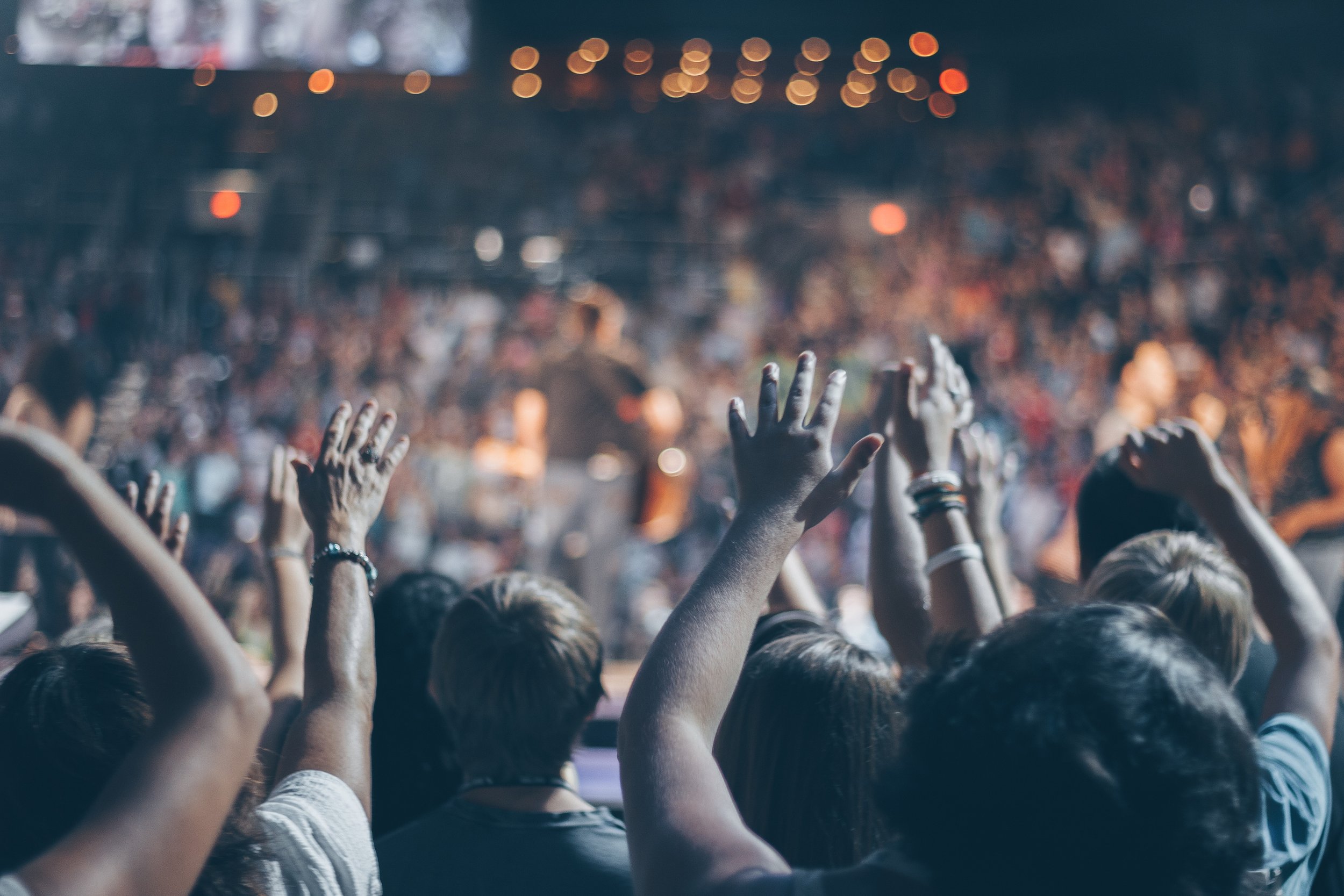Stay safe in sound this October
/This post originally appeared on Starkey.com
Welcome to National Protect Your Hearing Month—created to raise awareness about noise-induced hearing loss and the steps you can take to protect your hearing (psst, the steps are easy). After all, hearing our best plays a big part in maintaining our physical and emotional well-being, and overall quality of life.
What is noise-induced hearing loss?
Noise-induced hearing loss (NIHL) is the second-leading cause of hearing loss after aging, and impacts nearly 40 million U.S. adults aged 20–69, according to the Centers for Disease Control and Prevention (CDC). NIHL occurs when excessively loud noise damages the hair cells in your inner ear and the hearing nerve.
Noise can damage hearing immediately (if it’s sudden or impulse, like an explosion or firecracker near the ear) or over time (if it’s continuous and higher volume, such as music from earbuds).
The bad news: If the noise exposure is excessive, the hearing loss may be permanent and irreversible.
The good news: Protecting your hearing can help prevent the hearing loss from happening in the first place.
How to protect hearing from noise exposure
Let’s explore three simple things you can do to help protect your hearing from NIHL—and ultimately maintain a healthy, active life.
1. Wear hearing protection
The best way to protect your hearing from excessive noise is by wearing hearing protection devices. Worn in (earplugs) or on (protective earmuffs) your ears, hearing protection devices are designed to physically block sound waves from entering the ear so fewer decibels of sound can get in and potentially cause damage.
Hearing protection devices are ideal for safeguarding your hearing in situations with sudden/impulse or continuous noise. Examples may include using power tools, attending live stadium events, participating in motor sports, hunting, and so on.
This is where hearing protection devices like SoundGear Phantom can make all the difference. Custom molded to fit your ear, SoundGear Phantom feature advanced digital technology that delivers instant noise suppression when loud sounds occur and cutting-edge amplification in between loud sounds. So, you can comfortably wear them during an entire activity—knowing you’ll be able to hear what you need to hear (e.g., environmental sounds, conversations) while protecting your hearing.
Moreover, SoundGear Phantom are rechargeable and Bluetooth® compatible, giving you the convenience of streaming calls, music, or other audio directly from your smartphone to your hearing protection devices.
For those of you who may not want something as serious or sophisticated as Phantom, SoundGear offers a variety of different types of hearing protection products.
Explore the complete line of SoundGear hearing protection here.
2. Monitor noise levels around you
Paying attention to noise levels wherever you are will help inform when/if you should take protective measures with your hearing. All it takes to damage your hearing is exposure to sounds 85 decibels (dB) and above, which unfortunately often occurs in daily living.
For instance, a food blender is around 88 dB. A typical car wash is 89 dB. A gas lawn mower is 96 dB. And noise from traffic, horns, subways, airports, and industrial activity go even higher in decibels.
Of course, we can’t be expected to shield our ears every moment of the day. So it helps to remember that NIHL is dependent on two key factors—how loud the noise is (in decibels) and how long you’re exposed to it.
For example, one firecracker’s kaboom could damage your hearing instantly, but unless you’re taking every car in your entire neighborhood through the carwash in a day, you should be OK.
(Learn how to balance volume and length of listening here.)
Identifying noise levels needn’t be a guessing game, either: You can find out if noise around you is safe or harmful to your hearing right from your smartphone, thanks to the SoundCheck Live app.
Featuring a built-in sound level meter, this free, easy-to-use app monitors the sound around you in real-time and displays the current, average, and maximum noise levels in decibels. SoundCheck Live will also indicate whether sound levels are OK, loud, or require hearing protection. So, you can stay safe in sound—wherever you are.
Go in-depth on all the SoundCheck Live features you can access from your Apple phone (here) or Android phone (here).
3. Practice everyday safety measures
Even if you don’t work in loud environments, aren’t a power tool user, or you typically appoint some other lucky person to mow the lawn, there are still some small things you can do to get into the healthy habit of protecting your hearing each day. From limiting your noise exposure to avoiding cotton swabs, view them all on this bite-size Starkey YouTube Channel video.
Questions about protecting your hearing?
If you’d like to get a better gauge on whether you need hearing protection or which hearing protection device may be right for you, reach out to your hearing care professional. They will be happy to walk you through the best hearing protection solutions for your needs. If you don’t have a hearing care professional, simply type your zip code in here and you’ll a generate a list of providers near you.
Here's to safer listening on this National Protect Your Hearing Month—and every month to come.
Find the Chicagoland Hearing office closest to you to learn more about how to protect your hearing health or to try new technology in the latest devices.



